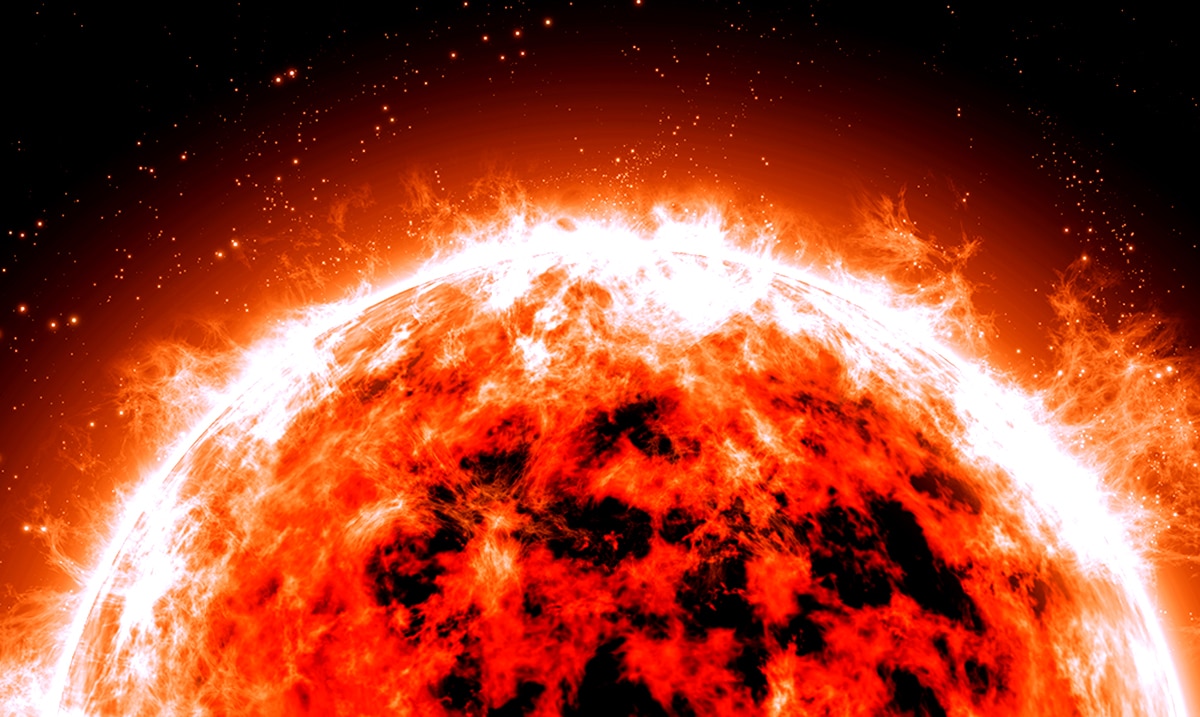On the Sun, there are massive sunspots, which produce eruptions in the form of coronal mass ejections. When this happens, the Sun will shoot radioactive plasma through space, which eventually makes it into Earth’s atmosphere.
When this happens, it causes a geomagnetic storm, which can result in power grid disruptions, or worse, depending on the intensity of the storm. The more intense storms can be catastrophic, with one scientist speculating that a massive geomagnetic storm could result in the entire infrastructure of the global internet shutting down. If this happened, it would cost us billions per day!
HOW ABOUT THAT CME??!!! 😳😱😍 pic.twitter.com/HyulxmGUfW
— Karl Battams (@SungrazerComets) February 16, 2022
Over the past month, the NOAA has reported “non-stop” solar eruptions. However, thankfully, the ones that have erupted this week have gone away from Earth, so they shouldn’t impact us.
Our Sun got angry for a moment yesterday just before midnight UTC. A prominence eruption (maybe combined with a powerful flare?) launched a massive CME into space. While not earth-directed, the eruption was huge and could signal there might be something interesting on its way… pic.twitter.com/z0fhjNp5mO
— SpaceWeatherLive (@_SpaceWeather_) February 16, 2022
Unfortunately, this was possibly an X-class flare, which is the most powerful.
“This is only the second farside active region of this size since September 2017,” astronomer Junwei Zhao of Stanford University’s helioseismology group told SpaceWeather.
On the 16th, which coincidentally was the same day as the full moon, SpaceWeatherLive tweeted, “Our Sun got angry for a moment yesterday just before midnight UTC. A prominence eruption (maybe combined with a powerful flare?) launched a massive CME into space. While not earth-directed, the eruption was huge and could signal there might be something interesting on its way…”
The two flares on 2022-02-12 were so spectacular I ended up making this animation, even though their west-limb locations preclude geoeffective potential.
In the second event, only the latter part was eruptive, from the southern region. The northern flare had no global effect. pic.twitter.com/R3BnuK3Syc
— Halo CME (@halocme) February 13, 2022
So in the next few days, we could see some major flares heading our way.
Sunspots are formed when the sun’s magnetic field becomes tangled, and there are currently 111 of them on the Sun. Not all of them erupt. Eruptions usually take place in seasons, with the minimum level of sunspot activity being called the solar minimum and the maximum being called the solar maximum.
We are currently somewhere in the middle and will reach a solar maximum around July of 2025.

